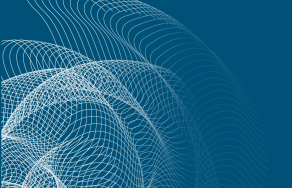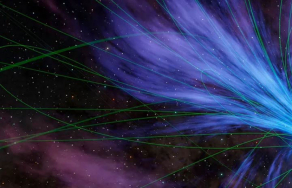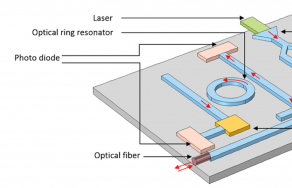RESUMO
If a dynamic process is generated by a one-dimensional map, then insertion of a flat segment on the map will often lead to a stable periodic orbit. This mechanism has been widely used in the control of chaos on one-dimensional dynamical systems in areas as diverse as cardiac dynamics, telecommunications or electronic circuits. Parameters in real world situations very often are not constant with time. In that cases, the evolutionary equations have to depend explicitly on time, through time-dependent parameters or external inputs. Then the classical theory of autonomous dynamical systems is no longer applicable and we get into the field of nonautonomous dynamical systems. When we get into the general nonautonomous context, usual notions from autonomous discrete dynamics, like invariant sets, attractivity and repulsivity must be reinterpreted and reformulated. This is the core of nonautonomous bifurcation theory, that has been developed in recent years by various authors. In this work we will consider families of discrete nonautonomous dynamical systems, generated by a one-parameter family of flat-topped tent maps, whose parameter depends on time k. This situation is highly relevant for the applications, in order to mimic control or regulation strategies through the sequence of parameters. We will discuss the concept of attractor in this context and study the dependence on their existence, and corresponding bifurcation structures, under the properties of the sequences of parameters.
LINK PARA WEBINAR - Clique aqui
ORADOR(ES)
Luís Silva, Professor Coordenador no ISEL/IPL
Licenciado em Matemática pela Faculdade de Ciências da Universidade de Lisboa, Mestre em Matemática Aplicada pelo Instituto Superior Técnico e Doutor em Matemática pelo Instituto Superior Técnico. Após passagens pela Faculdade de Motricidade Humana e pela Universidade de Évora, é desde 2008 Professor Coordenador na Área Departamental de Matemática do ISEL, sendo atualmente o coordenador da Secção de Análise Matemática e Análise Numérica. A sua atividade de investigação desenrola-se na área dos sistemas dinâmicos discretos, sendo autor e co-autor de diversos artigos publicados em revistas científicas e atas de conferências. É membro integrado do Centro de Investigação em Matemática e Aplicações (CIMA), sendo atualmente o coordenador do pólo do CIMA no ISEL.
Mais informações aqui.







